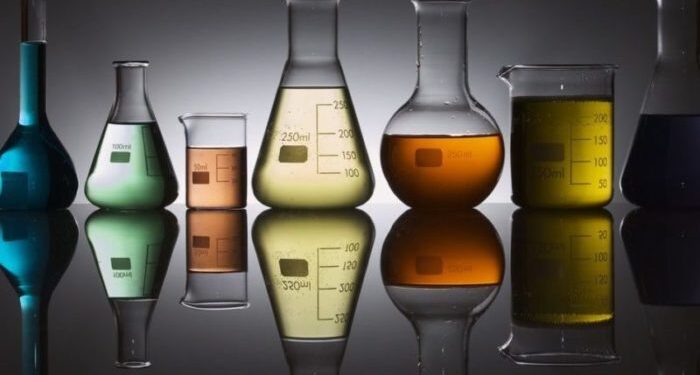The yearly average sulphur content of tested residual fuel oils increased to 2.58% in 2016, up by 0.13% from 2.45% in 2015, according to the International Bunker Industry Association (IBIA).
Key takeaways According to to data provided to IMO from four providers of sampling and testing services, of the 143,141 samples tested, 0.53% exceeded the current 3.50% sulphur limit applying outside emission control areas (ECAs). The share of samples testing at or below 0.50% sulphur, meanwhile, was 1.81%. The sulphur distribution showed that 3.25% of the samples tested in the 0.50% to 1.00% sulphur range, 3.86% tested in the 1.00% to 1.50% sulphur range and 7.57% tested in the 1.50% to 2.00% sulphur range. The test data suggests that supply of residual fuel meeting the upcoming 0.50% sulphur limit without significant blending is very limited. The vast majority of the residual fuel oil samples tested between 2.00% and 3.50% sulphur, with 20.83% testing in the 2.00% to 2.50% sulphur range, 29.91% testing in the 2.50% to 3.00% sulphur range and 32.23% testing in the 3.00% to 3.50% sulphur range. Surprisingly, there was no increase in the global average sulphur content of residual fuel oils in 2015, when the global annual average dropped by 0.01% to 2.45%. An increase in the average sulphur content had been anticipated in 2015 as the ECA sulphur limit fell from 1.00% to just 0.10%, meaning most ships switched from low sulphur residual fuel oil blends used to comply with the ECA previously to mainly distillate fuels. Some residual fuel products entered the market in 2015 that met the 0.10% sulphur limit. As for distillate fuels, data showed no change in the sulphur average from 2015, holding at 0.08%. The share of tested distillate fuels meeting the 0.10% sulphur ECA limit was 93.71%, while 0.82% of the samples tested exceeded 0.50% sulphur. Already in 2013, 80% of all distillate samples tested met a 0.10% sulphur limit, rising to 83% of all distillate samples tested in 2015. The high share of distillates meeting a 0.10% sulphur limit was most likely due to the requirement for ships in the European Union to use fuels with no more than 0.10% sulphur while at berth, in force since 2010.






























































